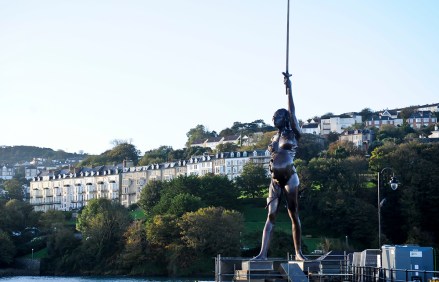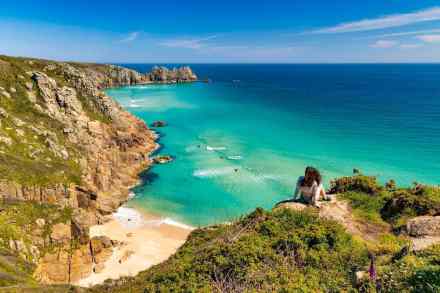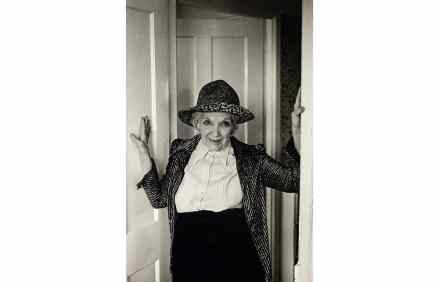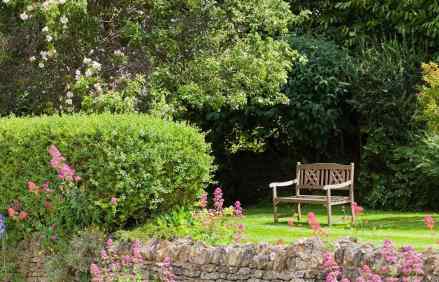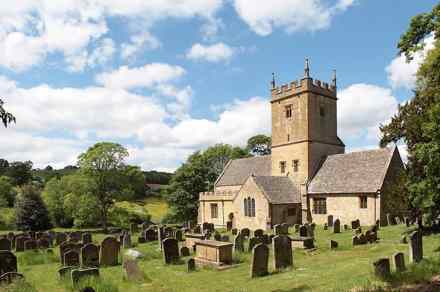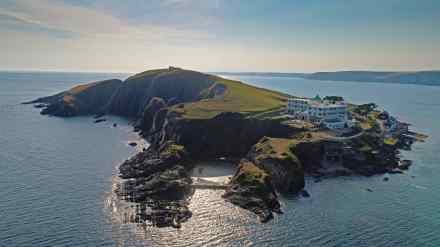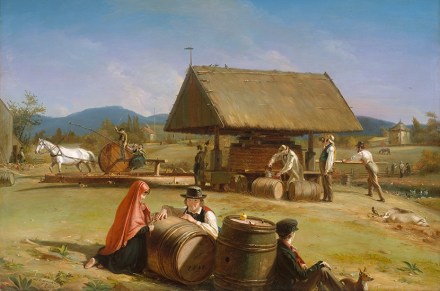How Damien Hirst ruined Devon
There are few better locations to resist la rentrée than the wilds of Exmoor. The late August heather and gorse. The hidden coves. The bracken and this year’s superb crop of blackberries. Then the rain. So much rain (though of course the reliably incompetent South West Water still has a hosepipe ban in place). The only blot on the landscape remains Damien Hirst’s ill-conceived 65ft statue of ‘Verity’ – a flayed pregnant woman, with her innards on show, standing on a pile of books and holding a sword – which dominates Ilfracombe’s harbour. It exemplifies the worst of public-private art, lacking any meaningful connection to the history or culture of
